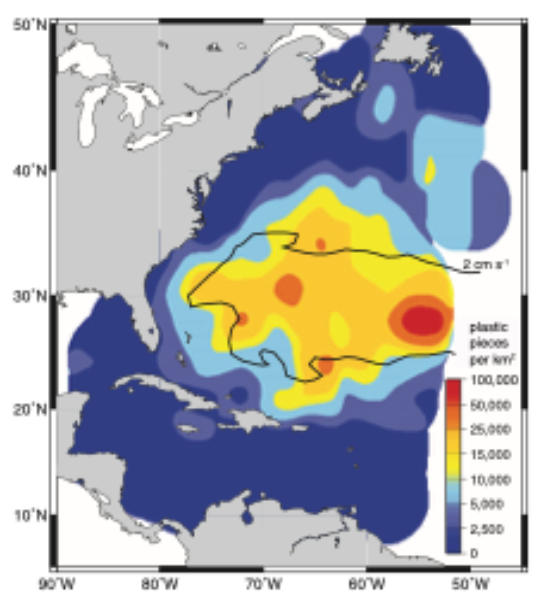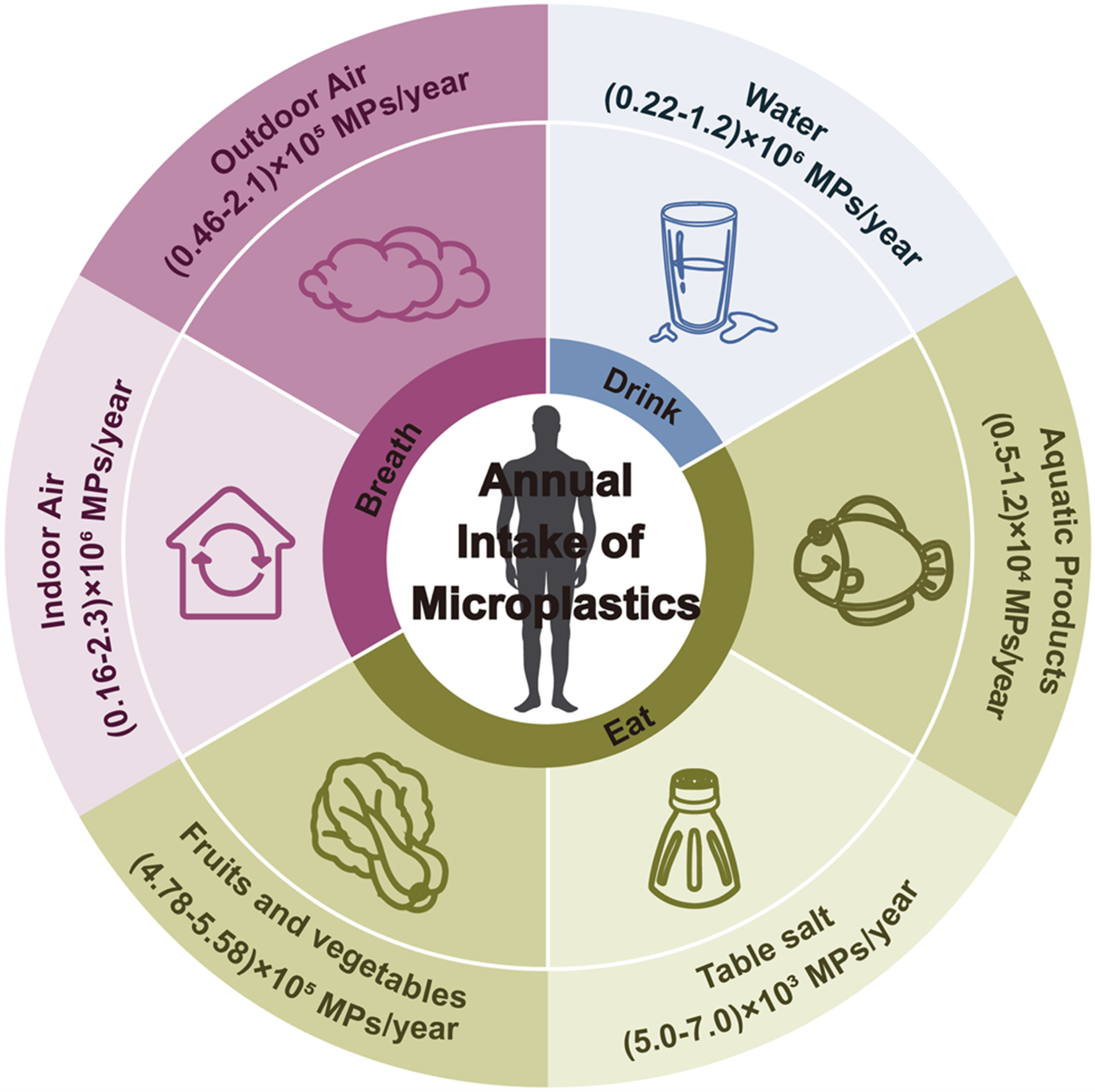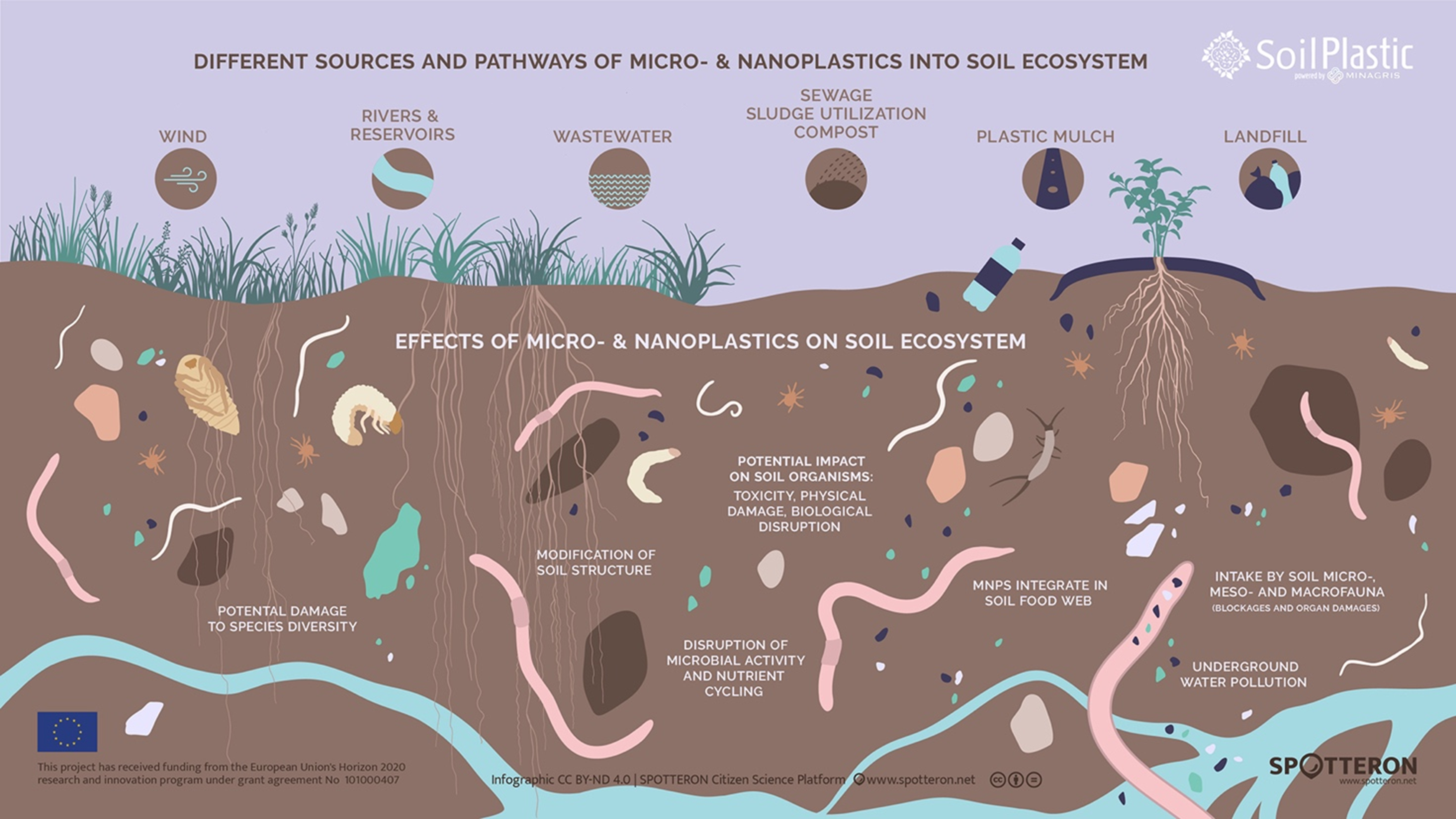The environmental dimension
The plastics in agricultural, food and environmental systems: impacts and possible solutions
By Pier Sandro Cocconcelli (Dean of the Faculty of Agricultural, Food and Environmental Sciences) and Edoardo Puglisi (Full Professor of Agricultural Microbiology)
Introduction
The problems related to the accumulation and possible impacts of plastics on environmental and human health have grown in recent years, together with the attention of the scientific community and concerns on the part of consumers and citizens. Since their invention in the mid-twentieth century and for decades thereafter, plastics have been thought of as inert materials, unable to actively impact ecosystems and organisms. About twenty years ago, evidence of accumulation in aquatic environments and damage to marine organisms grew, and only in recent years have we become aware of the enormous accumulation and ubiquitous distribution in soils, agricultural crops, food and our bodies.
1. "Plastics, Plastics every where": in water, soil, food and our bodies
At the end of the 80s, scientists discovered and communicated to the world the existence of the so-called "great plastics gyres", 5 mega-islands of plastic present in the Atlantic, Pacific and Indian Oceans, as large as entire nations and consisting of hundreds of thousands of plastic particles per square km (Figure 1 - Detail of the large plastic island of the North Atlantic. The data indicate the number of particles per Km2 (Law et al., 2010).
This discovery, which is not trivial if we consider that due to their low density, plastic islands are not visible from satellites, has led to a great deal of attention from the public and scientists on the pollution of seas and oceans.

For more than ten years, however, we have known that plastic pollution is ubiquitous: in 2016, an article published in the journal Nature reported that the amount of microplastics in terrestrial environments exceeds that of aquatic environments, with quantities of microplastics added annually to farmland exceeding 63,000 tons per year for Europe and 44,000 tons for North America. mainly through the contamination of water, compost, sludge, plastic materials used in agriculture and atmospheric deposition (Nizzetto et al., 2016).
Plastics are also ubiquitous in food, food and in our bodies: recent years have seen the scientific community address the issue with increasing commitment, with studies demonstrating the ubiquitous performance of micro and nanoplastics in soils, water, food and tissues of organisms including humans. The World Health Organization (WHO) has well summarized this enormous amount of data in a report published in August 2022, where concentrations between 0.2 and 6900 microplastic particles per liter of drinking water are reported, for example, between 4 and 10040 in beers and milk, close to and even higher than 1 per g in fish, between 45 and 317 g/g in rice, and variable concentrations in table salts. The WHO also estimates the daily intake to vary between 0.008 and 1395 plastic particles ingested per day through the diet, 20.8 through water and 170 per day by simple inhalation.
2. The micro and nano dimensions: materials that do not disappear
The main problem with plastics is that unfortunately not only do they degrade very little in the environment, but they also disaggregate, giving rise to smaller and smaller fragments up to the formation of microplastics (with dimensions between 5 mm and 1 μm) and nanoplastics (<1 μm).
It is the latter that are of greatest concern, as they can be absorbed by plants, be transported anywhere and enter trophic chains until they reach humans. In addition to easily visible impacts of large plastic films that can suffocate living beings, there is therefore an invisible and potentially more harmful dimension of materials that become smaller and smaller as they make their way into water, air, food and therefore into our bodies (Figure 2 - Estimation of annual ingestion of microplastics through different routes - Yang et al., 2023).

3. What are the dangers: there are still many doubts
In the face of such pervasive pollution, the concern is different, also due to continuous media exposure to news of possible negative effects. There is certainly a lot of scientific evidence that shows the presence of micro and nanoplastics in human tissues, with possible higher concentrations in tissues of patients with pathologies. At the toxicological level, effects have been recorded in workers exposed to high concentrations of plastic fibres, in studies in model animals and on cell cultures, and damage such as oxidative stress, inflammation, DNA damage and lung disease, but there is currently no epidemiological evidence of large-scale effects. It is also comforting to observe that less than 3% on average of ingested plastics are deposited and accumulate in our body
The WHO is therefore very cautious in drawing conclusions, also because the analytical methods for quantifying micro and nano plastics are very complex and not very standardized, and without reliable estimates it is not yet possible to make a correct risk assessment. In the agri-food sector, potentially harmful effects on agricultural crops are already being consistently highlighted: a meta-analysis of over 150 studies just published in PNAS (Zhu et al., 2025) indicates negative effects on photosynthesis of plastic pollution in soils, and estimates possible consequent declines in agricultural production in the coming years.
Università Cattolica del Sacro Cuore also deals with the contamination of plastics in soils in a European project that began in 2020 and will end in 2026, MINAGRIS (Figure 3 - Infographic of the European project MINAGRIS on the fate and impact of plastics on agricultural ecosystems. Both possible sources and impacts on soil organisms are represented).
In this project, we are monitoring the real levels of microplastic contamination in 11 different case studies distributed throughout Europe, and also studying the impacts on the functionality of agricultural ecosystems with controlled experiments at different scales.

4. Possible solutions between eternal plastics and well-degradable bioplastics
In a scenario that is certainly not comforting, research and technology are studying and in some cases already providing solutions to the problem. On the one hand, plastic materials are being developed that are much more resistant to disaggregation processes and therefore can be reused virtually indefinitely into durable products (e.g. car or furniture components) that do not generate microplastics; on the other hand, for single-use materials, increasingly easily biodegradable bioplastics that do not generate problems of microplastic accumulation or toxicity are being studied (Bandini et al., 2022). As highlighted in other sections of this page, the commitment of national and transnational bodies is also great: a few weeks ago the FAO released a preliminary code of conduct on the use and management of plastics in agriculture which promotes, among other things, the adoption of circular principles in the reuse, recycling, redesign and recovery of plastics, the use of alternative materials, voluntary actions plastic pollution.
Finally, we conclude with an optimistic view that derives from an evolutionary view of ecological systems. In fact, we know that living organisms, starting from microorganisms, have an enormous ability to shape and adapt to even the most extreme environments, and that synthetic substances that are introduced for the first time into the environment (the so-called "xenobiotics" from the Greek ξένος (xenos) = alien and βίος (bios) = life) can be metabolized and degraded over time. This is also the case with plastics, demonstrated by the fact that in 2016 Japanese scientists discovered a bacterium capable of eating PET (Yoshida et al., 2016), one of the most widespread plastics introduced for the first time 75 years earlier in 1941. The discovery of this bacterium has been followed by industrial applications that improve recycling and degradation. There are still no bacteria or fungi capable of degrading other very persistent plastics such as polyethylene and propylene but it is very likely that the adaptation process is already beginning, ready to be discovered and used for the good of humanity and the environment.
Insights
Bandini, F., Taskin, E., Vaccari, F., Soldano, M., Piccinini, S., Frache, A., Remelli, S., Menta, C., Sandro Cocconcelli, P., & Puglisi, E. (2022). Anaerobic digestion and aerobic composting of rigid biopolymers in bio-waste treatment: Fate and effects on the final compost. In Bioresource Technology (Vol. 351). https://doi.org/10.1016/j.biortech.2022.126934
Law, K. L., Morét-Ferguson, S., Maximenko, N. A., Proskurowski, G., Peacock, E. E., Hafner, J., & Reddy, C. M. (2010). Plastic Accumulation in the North Atlantic Subtropical Gyre. Science, 329(5996), 1185–1188. https://doi.org/10.1126/science.1192321
Nizzetto, L., Langaas, S., & Futter, M. (2016). Pollution: Do microplastics spill on to farm soils? Nature, 537(7621), 488–488. https://doi.org/10.1038/537488b
Yang, Z., Wang, M., Feng, Z., Wang, Z., Lv, M., Chang, J., Chen, L., & Wang, C. (2023). Human Microplastics Exposure and Potential Health Risks to Target Organs by Different Routes: A Review. Current Pollution Reports, 9(3), 468–485. https://doi.org/10.1007/s40726-023-00273-8
Yoshida, S., Hiraga, K., Takehana, T., Taniguchi, I., Yamaji, H., Maeda, Y., Toyohara, K., Miyamoto, K., Kimura, Y., & Oda, K. (2016). A bacterium that degrades and assimilates poly(ethylene terephthalate). Science, 351(6278), 1196–1199. https://doi.org/10.1126/science.aad6359
Zhu, R., Zhang, Z., Zhang, N., Zhong, H., Zhou, F., Zhang, X., Liu, C., Huang, Y., Yuan, Y., Wang, Y., Li, C., Shi, H., Rillig, M. C., Dang, F., Ren, H., Zhang, Y., & Xing, B. (2025). A global estimate of multiecosystem photosynthesis losses under microplastic pollution. Proceedings of the National Academy of Sciences, 122(11), e2423957122. https://doi.org/10.1073/pnas.2423957122



